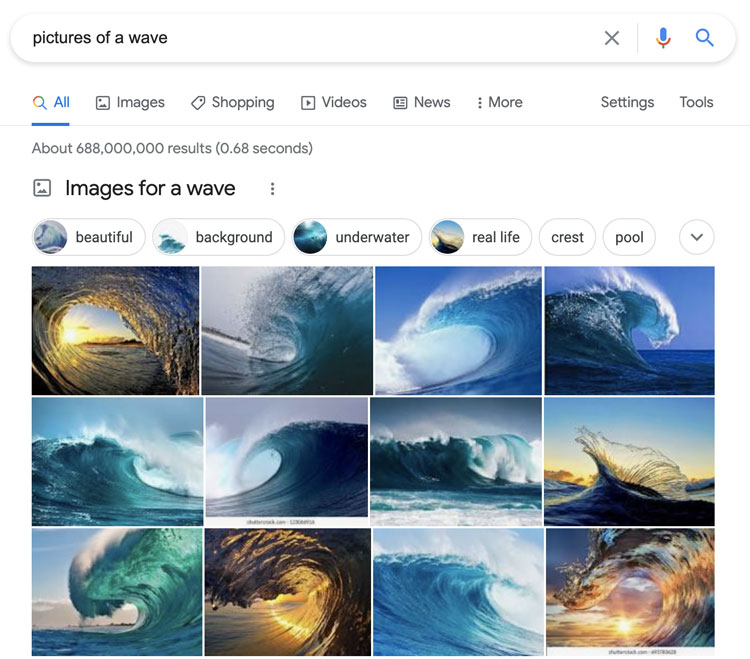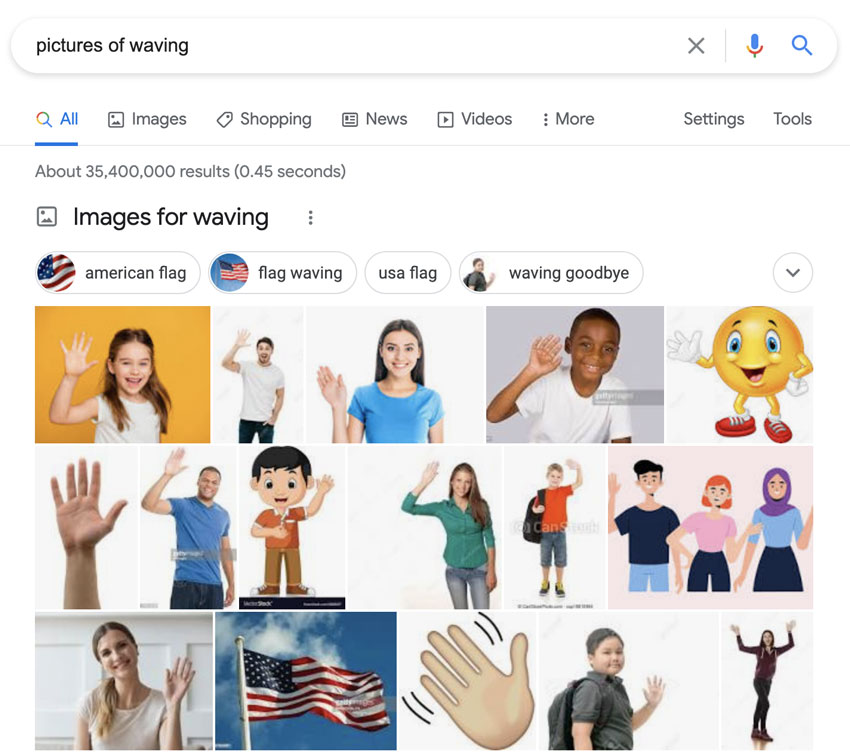While keywords are still an important part of SEO and ranking, search engines have evolved and are able to understand the full context of a query beyond just the keywords. Optimizing your content for semantic search can increase your chances of ranking in position 0 results like People Also Ask.
What is Semantic Search?
Semantic search is understanding a searcher or user’s search intent by understanding the language within their queries. Semantic search offers the ability to find more personalized, meaningful, and relevant results for searchers through logic.
Search engines use the context of queries, the intent behind searches, search history, location and more to offer users the best results possible for their query. Semantic search is the driving factor behind Google fully understanding a search.
The Evolution of Semantic Search
Semantic search has evolved over the last couple of years due to new innovations in artificial intelligence (AI). AI gives search engines the ability to understand natural language and the way humans speak. In late 2019, Google released a major algorithm update called BERT. BERT is a neural network-based technique for natural language processing. It can better understand the full context of your query by understanding all the words in your search including conjunctions like “are” or “but” or prepositions like “in” or “at.”
For example, if a user searches for “pictures of a wave,” Google uses natural language processing to understand “a wave” and that the user is looking for a water wave. If the user searches for “pictures of waving” Google is able to understand “waving” as a verb and offers results for people waving. Here, Google uses semantic search to understand the relationship between words to offer results. See the following images for context.


It is imperative to note that Google penalizes pages and URLs for optimizing for search spiders rather than users, hence the creation of BERT. Search engines want to generate results for users that are informative and relevant to their searches.
Google’s algorithms are all designed with the goal of better understanding exactly what a user is searching to find. Google continues to progress their algo updates to drive new capabilities so search engine results pages – or SERPs – are as accurate as possible for the individual searcher. Using semantic search, Google has been able to form a deeper understanding of user intent.
Understanding Semantic SEO
Semantic SEO is the process of optimizing content for users by understanding their full search intent. Before optimizing for a keyword, first understand what exactly the user is asking or searching for. From there, you need to ask yourself, what follow up questions will the user ask? Here, think of People Also Ask (PAA) and what these rich results offer users. Not only are they able to find the answers to their original query, but they are also able to dive deeper without leaving the SERP.
Search engines are more likely to provide results for pages that answer many of the questions a searcher is asking, rather than just one. Therefore, you will want to create content that delivers plenty of targeted information to searchers. One way to help you do this is to conduct a search on a query that you want to rank for. Look at the PAA results that appear and answer those questions within your content.
For example, if a user were to search “how to start a garden” they may also want to know what month to start a garden, how much it costs to start a garden, which tools they need to start, etc. Below you can see the PAA results for “how to start a garden” include inquiries about which month to start a garden and the cost of it. You should create content around both questions to practice semantic SEO and maximize your opportunity to rank.

Search engines are only going to become more intelligent about search intent and to rank well, it is essential that content also anticipates what the searcher is looking to find beyond the face value of the search query. Keep semantic search and semantic SEO in mind while creating content for your site in the future.

